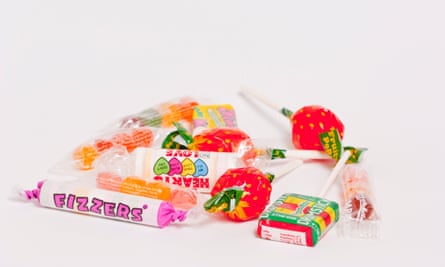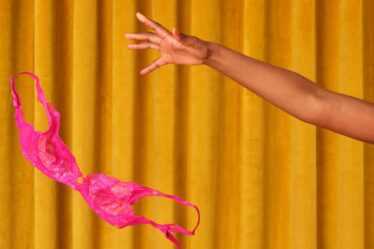
Halloween is fast approaching, and with it comes questions about the excessive confectionary kids gather in the course of their trick or treating. Should parents let them binge the sweet stash in one fell swoop before returning to healthier programming? Or space out the treats like some Nordic nations and allocate one “lolly day” a week? We asked the experts for their take.
The psychologist: remove the black and white thinking
Studies suggest that letting children eat what they want on the first and second days of Halloween manages the intensity around this event. By initially allowing children to eat the amount they desire, without restriction, we are granting that child autonomy and permission to decide how much they want to eat. Research tells us it’s better to remove the black or white thinking around candy and treats: to stop our kneejerk reaction and instead show kids how to exercise restraint and balance.
Have a discussion ahead of time about what the boundaries will be in the weeks after Halloween and the number of treats they can have at a time. Set limits on when they are allowed to have a treat (ie not before a meal) and store lollies out of view. Keeping highly palatable foods in sight, but off limits, reinforces the feeling of restriction and corresponding overeating tendencies.
Restricting children from sweets leads to feelings of deprivation. Deprivation can lead to an obsession with the food that has become “forbidden”, and when the child gets the chance to eat the forbidden food, they will eat a lot of it because they don’t know when they will get another opportunity to eat it again.
The dietician: let children choose – without judgment
Halloween isn’t the only time children are building a relationship with food. Overly restricting food and making a child feel bad about enjoying eating can lead to binge eating tendencies.
Ellyn Satter’s division of responsibility in feeding means it’s a parent’s role to decide what, when and where a meal or snack is. For example, you may decide tonight’s dessert is fruit salad or you may choose a glass of milk with their Halloween lollies and chocolates. It is then the child’s role to choose to eat, and how much, from what you make available. Using this practice allows you to choose what times and when you may offer your child their Halloween lollies but then allows children the opportunity to eat lollies without judgment.
Controlled studies have failed to confirm any effect on hyperactivity and inattention when it comes to excess sugar. If they binge eat it may affect their appetite for the next meal or possibly make them feel ill. Depending on the age of the child it can be a good learning opportunity about hunger and fullness cues. The goal is to assist children to learn to self-regulate their intake and have a healthy relationship with sweets.
Halloween isn’t only about the lollies. If you can place your focus not just on the lollies but the decorations, dressing up, fun and laughter, it will allow you and your child to enjoy all aspects of the day.
The dentist: the frequency and volume of sugar are the problem
Dental decay is the most chronic yet preventable disease of childhood due to constant exposure to sugary foods, drinks and lack of good oral hygiene. Any treat that has sugar will feed plaque bacteria to produce acids which over time can cause dental decay especially if you do not regularly care for your mouth and brush your teeth.
Studies have convincingly shown that it is the frequency of sugar intake, not just the amount, that results in a greater number of decayed teeth. Allowing children to eat their candy in one day or at one time in moderation would be ideal, but of course that is not always possible.
It is not only the sugar content but also the stickiness in the sweets that determines how long they stay on your teeth. Avoid hard sour candies, sticky lollies and gummy worms, as they tend to stay longer in the grooves of your teeth and can be more difficult to clean. Limit eating sweets to mealtimes such as straight after lunch or dinner as the saliva helps to wash away the acids produced by the bacteria. Encouraging your child to drink some water or to rinse will also help to quickly remove the sugar from their mouth.
Improving oral health plays a critical role on our overall health and wellbeing, so remember to get your children to brush their teeth before bedtime on Halloween , after all you do not want the bacteria to haunt their teeth at night!



